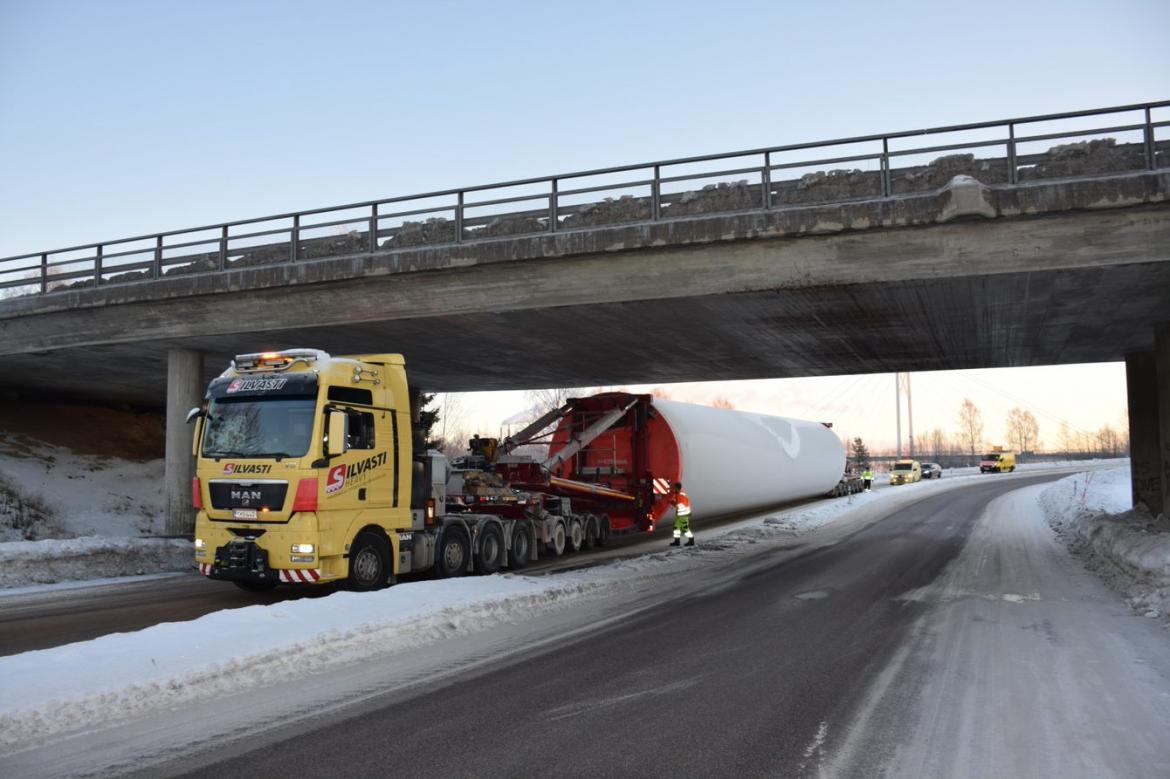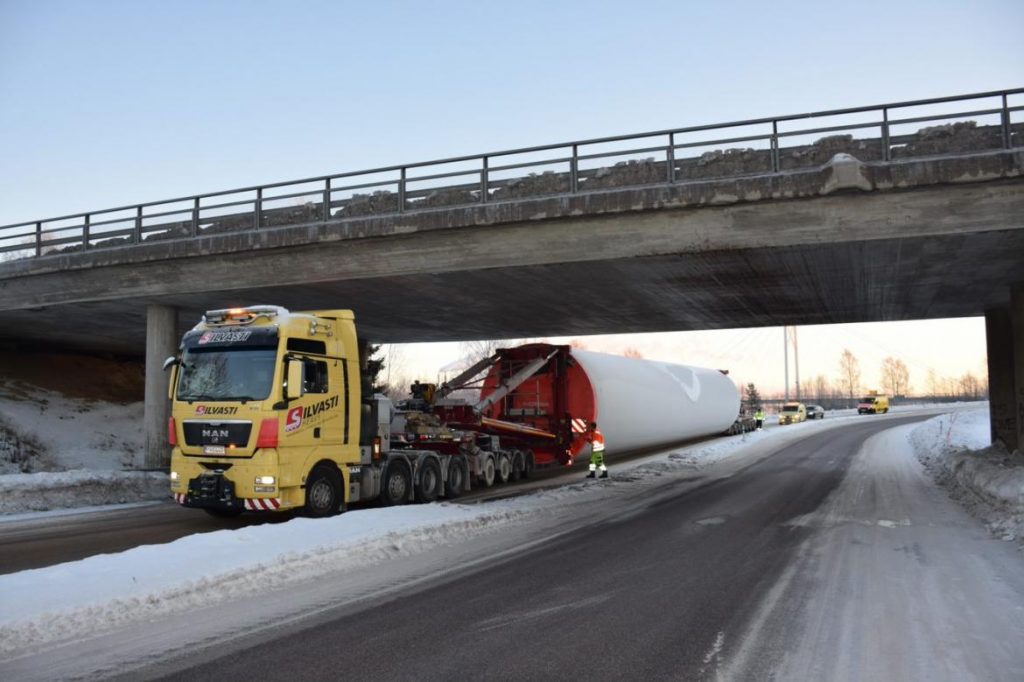Route planning is all about solving problems before they occur

Large special transports are planned from start to finish before the deployment of a single transport vehicle. The early stages of the planning process include the preparation of a precise route plan for the special transport. The route plan must also be submitted to the authorities for the issuing of an abnormal transport permit. Silvasti’s Senior Site Manager Bo Holst knows Swedish and Norwegian regulatory practices and the different stages of route planning like the back of his hand.

More often than not, large components are transported by sea as close as possible to the construction site or destination. Once the port of destination of the components is known, the route planning of their transportation by land can begin. The first planning stage involves reviewing available route options and excluding roads that cannot be used.
“The route may include bridges that the transport cannot fit under or sharp turns that the vehicle simply cannot make. The route plan needs to take into account even the smallest details that might prevent the transport from being carried out,” says Bo Holst.
While rough route planning can be carried out with a map application, assessing modifications to routes needs to be done on-site. The fact is that not all of the obstacles along routes, such as lamp posts, traffic signs or tunnel heights, can be located with the help of maps. In addition to the route itself, the route plans must also define important parking and overtaking places and include preparations for various changes in conditions.
“Effective route planning requires years of experience. A trained eye sees the critical spots on roads and only experience can teach you all the things that need to be taken into account in planning,” Holst adds.

Routes are decided by the authorities
The aim of all this thorough planning is to ensure the safety of the transport project and prevent all potential accidents. The goal is to provide advance solutions to the problem spots along the route. Without thorough route planning, the risk of major accidents with bridges, for example, would be simply too big. The permit process also takes into account the safety of other road users and especially the unobstructed passage of emergency vehicles past the special transport. In practice, the aim is to always choose the safest and shortest route for special transports.
While the special transport company must submit a proposal on their preferred route, it is ultimately up to the authorities to decide which route to use. Occasionally the authorities may grant an abnormal transport permit for a route that differs from the one for which the application was originally submitted. In such cases the route plan must also be changed in accordance with the authorities’ orders. Once the abnormal transport permit is confirmed, the necessary modification work on the route can begin.
Test drives are an essential part of planning
After the permit has been granted and modifications to the route have been carried out, the next step in transport projects involving large components is to carry out a test drive without a load to confirm that the route is unobstructed and safe. A vehicle combination that is not transporting any components can in and of itself be a special transport that requires a permit and an escort vehicle. The purpose of the test drive is to make sure that the route is completely unobstructed and that all the details have been taken into account. Sometimes test drives end up revealing surprises – an obstruction left on the road or a portion of road that needs additional widening. As such, thorough planning and foresight can save tidy sums.
“There are no ready-made solutions when it comes to the route planning of special transports, which makes everyday work challenging and very inspiring. It is the duty of the route planner to make sure that everyone can carry out their work safely and successfully,” states Holst.
